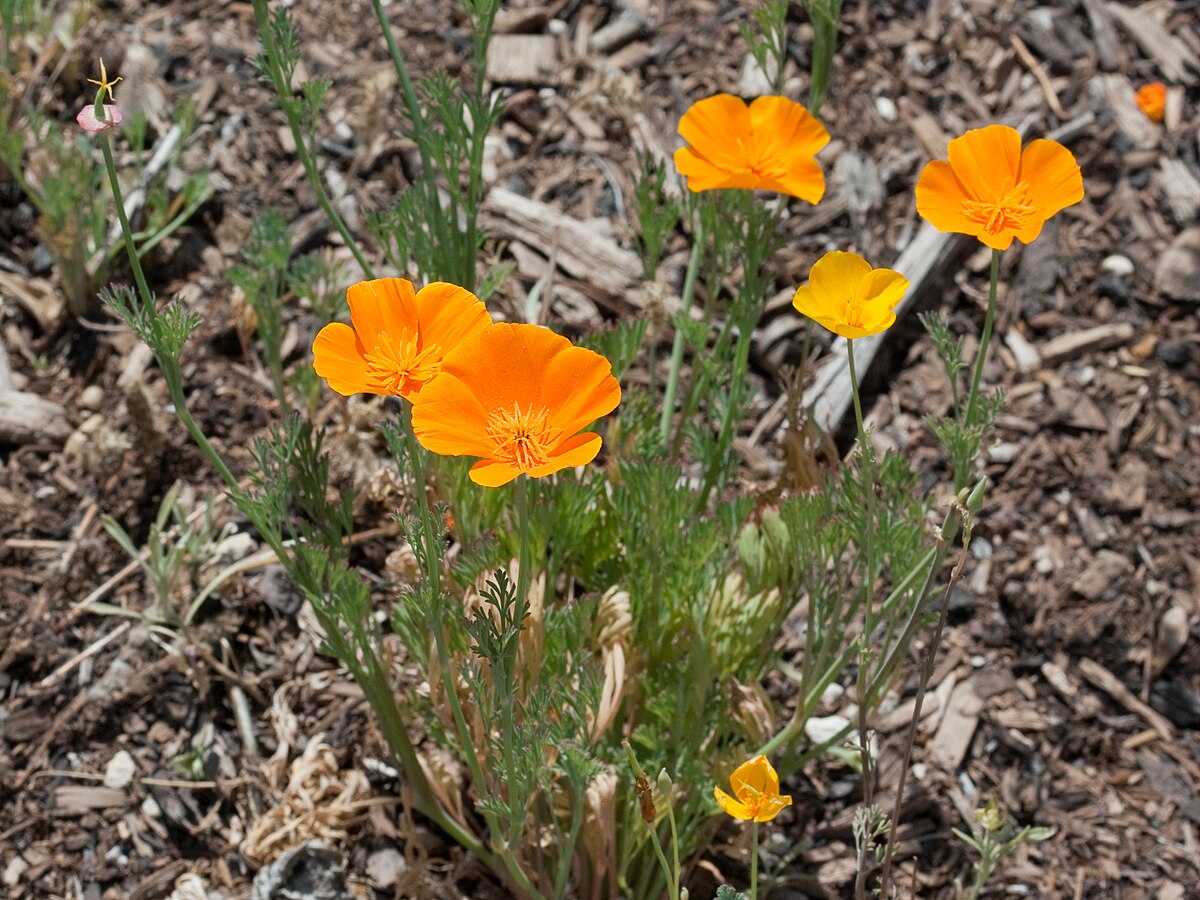This study aimed at investigating the psychotropic effects
of Eschscholzia californica (Ec) extract, in order to
complete the pharmacological profile of an aqueous
alcohol extract of Ec, along with the sedative and
anxiolytic properties previously demonstrated (Rolland
et al., 1991: Rolland, 1988, 1991). The present results
confirmed the sedative (reduction of behavioural parameters)
and anxiolytic (increase of behavioural parameters)
properties in two behavioural tests, the open
field test and the light/dark compartment test, respectively.
As the sedative and the anxiolytic effects of Ec
were antagonized by the benzodiazepine receptor
antagonist flumazenil, we suggest that benzodiazepine
receptors may be involved in the sedative and anxiolytic
properties of this extract.
However, unlike benzodiazepines, this plant extract
was devoid of anticonvulsant properties against pentetylenetetrazole.
It also lacked muscle relaxant activity in
the suspension test and the rota rod test.
Ec was devoid of antipsychotic properties, since it did
not protect mice against dexamphetamine-induced group
toxicity, it did not induce catalepsy in rats and it failed to
protect rats against dexamphetamine-induced stereotypy;
on the contrary, Ec increased stereotyped behaviour.
Such an action can be obtained with various compounds
such as benzodiazepines and antidepressants (Treit,
1985). Ec induced a weak and transient hypothermia
compared with the reference product chlorpromazine. Ec
did not possess antidepressant-like properties since it had
no effect against reserpine-induced ptosis, akinesia or
hypothermia and against oxotremorine-induced shivers,
lachrymation and hypothermia.
Since no antihistaminic effects were observed on the
guinea-pig isolated ileum test, the sedative effect of Ec
could not be correlated with the side effects of some
antihistaminic properties.
However, dose-dependent peripheral analgesic effects
of Ec were demonstrated from a dose of 200 mg/kg in the
writhing test; the lack of effects in the hot plate test
indicated that Ec did not possess a central analgesic
action.
In conclusion, the sedative and anxiolytic effects of E.
californica have been largely demonstrated; these effects
of the extract were most likely linked to benzodiazepine
receptor activation.
Peripheral analgesic effects were also shown. These
results validate the traditional therapeutic use of this
species and also justify the use of E. californica as a
sedative phytomedicine according to French regulations.
(Agence du Me´dicament, 1998).

 en.wikipedia.org
en.wikipedia.org

 en.wikipedia.org
en.wikipedia.org

 en.wikipedia.org
en.wikipedia.org





